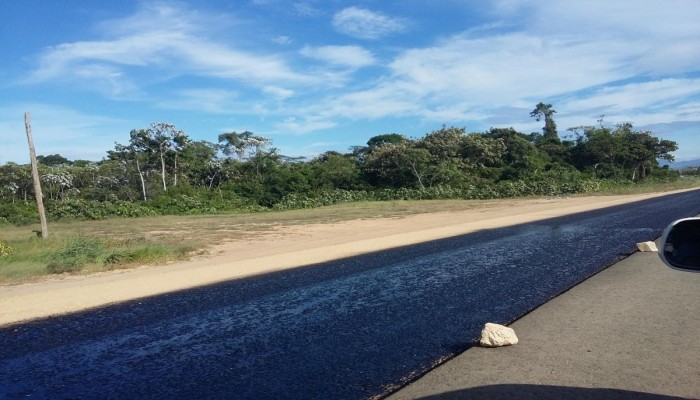Accompaniment to indigenous communities in Rurrenabaque, Bolivia
Part of the Global Governance area team traveled the first days of December to the city of Rurrenabaque in Bolivia. Meetings and tours were held in the area where infrastructure projects are being carried out by the Inter-American Development Bank and the World Bank in the area.
“Below, we offer a google translate version of the original article in Spanish. This translation may not be accurate but serves as a general presentation of the article. For more accurate information, please switch to the Spanish version of the website. In addition, feel free to directly contact in English the person mentioned at the bottom of this article with regards to this topic.”
The municipality of Rurrenabaque (located in the Department of Beni, Bolivia) is an important tourist center and small-scale agricultural production area, whose population, due to the need to export its products, has been forced to generate pressure on forests Natural. Rurrenabaque is adjacent to the National Park and Integrated Management Natural Area Madidi and the Biosphere Reserve and Community Land Pilón Lajas, where several indigenous communities live.
This region is characterized by its abundant richness and cultural and biological diversity that has led to the establishment of reserves and national parks, but which is also considered by many actors as an unexploited economic opportunity. This has led to the recent promotion of a series of infrastructure works (mainly the construction of important roads) in the vicinity of the protected areas of Madidi and Pilón Lajas, which represents a risk of negative environmental and social impacts Both for biodiversity and ecosystems and for the indigenous communities involved. Among these projects, the one financed by the Inter-American Development Bank is the improvement of the Santa Bárbara-Rurrenabaque highway.
On the other hand, the project financed by the World Bank consists of the Ixiamas – San Buenaventura highway located within the Northern Corridor area of influence and is part of the Alternative Route to reach Cobija from the north of La Paz.
The Ixiamas-San Buenaventura highway within the regional context of the Corredor Norte highway megaproject represents one of the largest works in the Northwest region of Bolivia. The North Corridor is a road project of 1664 km of length linking in its extreme points to the cities of La Paz, Guayaramerin and Cobija. Its area of influence extends over 234,000 km², approximately 26% of the territory of Bolivia, comprising 3 departments and 39 municipal jurisdictions.
The environmental and social impacts and threats to communities living in the area are increasingly serious. The situation in the area is complex and these roads coexist with other projects (financed mainly by Chinese funds) that represent even greater problems and challenges for indigenous communities in the area. From FUNDEPS, we will be collaborating with communities in the area to evaluate options to complain to mechanisms of accountability of international financial institutions. It will be sought that these projects do not negatively impact the environment and the living conditions of the communities.
Contact
Gonzalo Roza, gon.roza@fundeps.org











